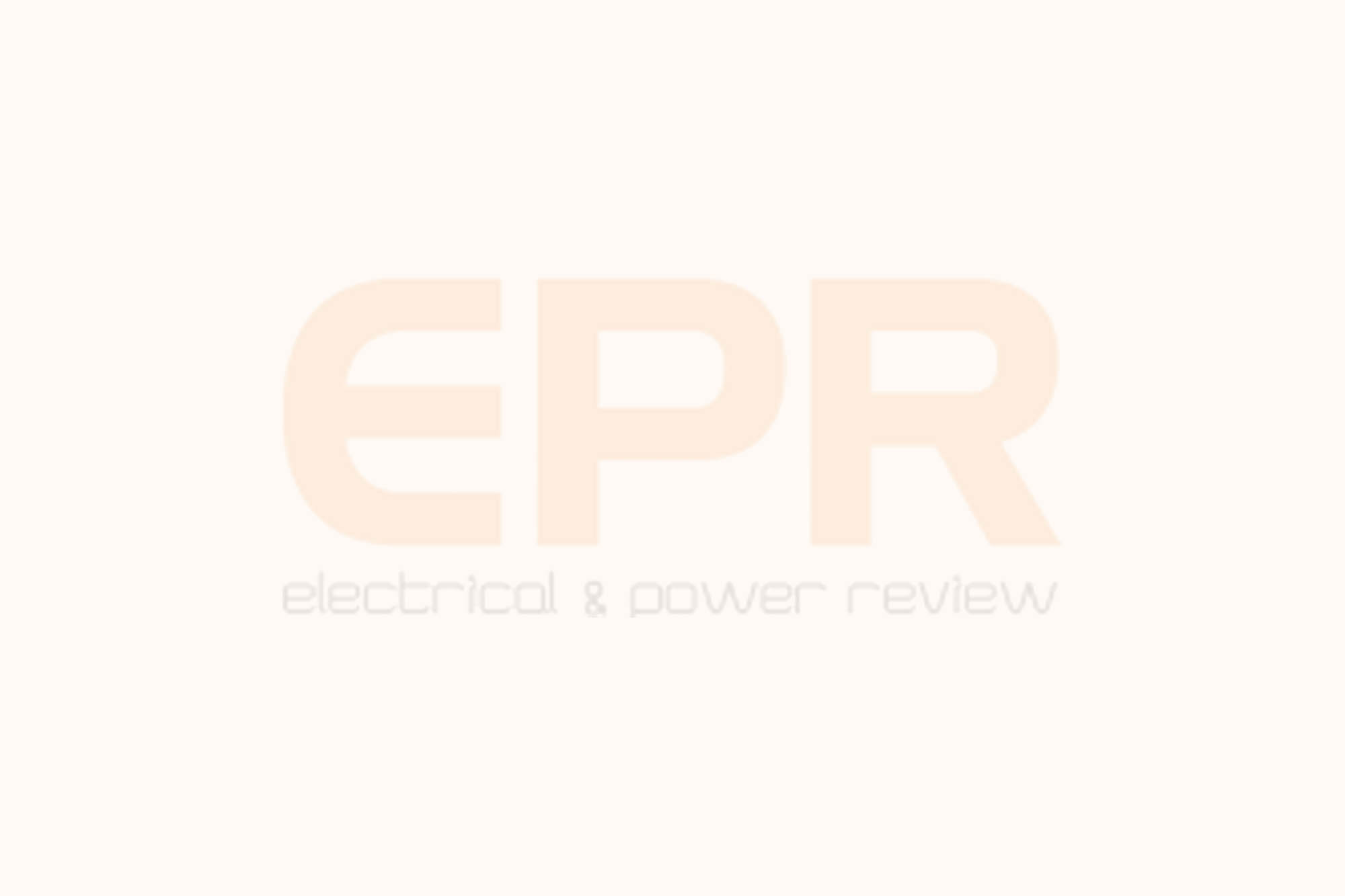Piping for power generation
By EPR Magazine Editorial March 5, 2014 3:43 pm IST
By EPR Magazine Editorial March 5, 2014 3:43 pm IST

Piping systems are an important part of power plant construction. They have a major influence on how efficiently and cost effectively a plant operates
Whatever the method of power generation – nuclear, natural gas, hydroelectric, or coal fired – multiple types of piping systems will need to be installed for essential services. From the small-diameter stainless steel pipes needed for instrument air lines, through flue-gas desulphurisation and coal-handling systems, to the large-diameter penstock lines required for hydroelectric plants has a vital role to play. Many of these systems are critical: when they are down, the entire plant could cease to operate, and a plant not generating power is not making money.With so much at stake, the reliability of pipe joints cannot be compromised and the selection of pipe-joining methods can have a significant impact on both the initial installation and running costs, and the efficient operation of a plant.
Traditionally pipes required for power plant services have been installed using welded and flanged joints in the medium- to large-diameter range, with threading used for small-diameter pipe connections. Yet, these methods are not ideal. Each presents risks and drawbacks for engineering consultants, contractors and installers, including health and safety issues and concerns about cost, susceptibility to adverse weather conditions, space constraints, maintenance requirements and the lengthy installation process. Alternative technologies such as grooved mechanical pipe joining can overcome many of these issues.
Mechanical joiningA grooved mechanical joint is comprised of four elements: grooved pipe, gasket, coupling housings, and nuts and bolts. The pipe groove is made by cold forming or machining a groove into the end of a pipe. A resilient, pressure-responsive elastomeric gasket enclosed in coupling housings is wrapped around the two ends of the pipe, and the key section of the coupling housing engages the groove. The bolts and nuts are tightened with a socket wrench or impact wrench, which holds the housings together. In the installed state, the coupling housings encase the gasket and engage the groove around the circumference of the pipe to create a leak-tight seal in a self-restrained pipe joint.
Once assembled, the mechanical coupling provides a union at every joint, allowing for ease in future system access and maintenance, and reducing costly plant downtime.
Couplings fall into two categories: flexible and rigid. Both provide the security of full circumferential engagement of the coupling into the groove for high pressure and end load performance.
Rigidity is achieved with rigid couplings. The unique angled-pad design provides positive clamping of the pipe to resist torsional and flexural loads. Flexible couplings allow controlled angular, linear and rotational movement at each joint to accommodate thermal expansion, contraction and deflection, offering a range of advantages when designing piping systems.
Welding concernsWelding is a time consuming. Welders must cut, bevel and prepare the pipe lengths, align and clamp the joint, then undertake two to three passes using the selected welding method at each joint. On a large-diameter system, this process can take hours for each joint. There are other aspects of welding that can lengthen the construction schedule. For instance, welding on the side of a mountain or on rough terrain as may be the case in some hydroelectric projects is tricky. The weather can also present challenges. If it is dry and the risk of forest fires is high, welding activities may be prohibited or limited. If it is raining or cold, welding is difficult, because the pipes need to be covered and/or preheated first. On completion of the weld, X-rays may be required to ensure a sound joint. An average of 5-6 per cent of welded joints requires rework according to industry standards, adding time and material costs to construction.
Welding is also an expensive pipe-joining method. Although material costs are lower, total installed costs will be higher than mechanical joints due to the installation time and the need for highly skilled workers. Non-availability of the necessary skills can cause project delays and potentially lead to heavy financial penalties.
Safety is a major concern during welding, and the physical impact on the individual welder is significant. Welding exposes the worker to hazardous fumes and particulate matter, as well as potential burns, eye damage and the risk of fire or explosion. The potential for fire or explosion necessitates a fire watch during and following the work, which slows the construction schedule and adds cost. Welding indoors or underground also requires fume and smoke extraction equipment.
Non-welded benefitsJoining pipe with a mechanical coupling is up to five times faster than welding because the gasket and housings simply need to be positioned on the grooved pipe ends, and the bolts and nuts tightened with standard hand tools or impact wrenches. The coupling requires only two bolts to secure the joint and following installation the joint can be inspected visually. Metal-to-metal bolt-pad contact confirms that the coupling has been properly installed and secured into place; no X-ray is needed.
No flame is required to install a mechanical coupling, eliminating the safety concerns associated with welding. Mechanical couplings can be installed in any weather condition, from downpours to extreme cold and dry climates, preventing weather delays and keeping the construction on schedule.
We use cookies to personalize your experience. By continuing to visit this website you agree to our Terms & Conditions, Privacy Policy and Cookie Policy.